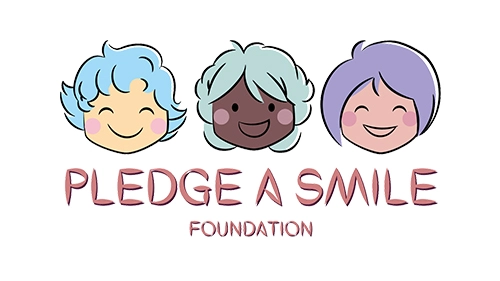“Access to menstrual hygiene products to absorb or collect the flow of blood during menstruation, privacy to change the materials, and access to facilities to dispose of used menstrual management materials” are the terms used to describe “access to menstrual hygiene products to absorb or collect the flow of blood during menstruation, privacy to change the materials, and access to facilities to dispose of used menstrual management materials.” (Wikipedia) This entails not only fair access to sanitary napkins and other items, but also to the essential social conditions and environment for anything linked to menstruation. All of these prerequisites for good menstrual hygiene are a luxury in a nation like India, where menstrual products are expensive, healthcare infrastructure is lacking, and menstruation is considered taboo, resulting in low knowledge and widespread misconceptions.
“70 percent of women in India say their family cannot afford to buy sanitary pads,” according to a research by FSG, a non-profit group. In India, about 88 percent of women and girls make do with old cloth, rags, hay, sand, or ash, as well as other handmade alternatives. They are forced to pick cheap, dangerous, and disease-enabling alternatives due to a lack of accessibility (in terms of pricing and delivery). Until 2018, sanitary napkins were subject to a 12 percent tax and were not deemed a necessary item, thus complicating access and affordability. Despite the fact that menstruation is omnipresent in females, there is a widespread dislike and taboo around the subject. This has resulted in a scarcity of knowledge resources on the subject.
According to a research provided by the NSSO, “more than half of rural households in India lack toilet infrastructure and drinking water amenities within their dwellings” (National Sample Survey Organization). With so few washrooms available, the privacy to change materials and be stress-free while going through one’s menstrual cycle is jeopardised. This also encourages individuals to change their materials openly, which might expose them to hazards such as illness or requiring them to go long distances to obtain one, adding to their suffering. The absence of healthcare services in the country is another factor that contributes to menstrual hygiene inaccessibility. The doctor-to-patient ratio in India remains appallingly low, at just 0.7 doctors per 1,000 people. This means that the load on healthcare facilities is never-ending. When the taboo of menstruation is added to the mix, the result is a slew of misinformation, abuse, and misinterpretation of menstrual health issues.
All of these difficulties, which range from discrimination to pricing to a lack of infrastructure, highlight the need for changes that would help women and girls reach a reasonable level of menstrual hygiene. Alternatives to sanitary napkins that are both environmentally friendly and cost effective are presently in high demand. Infrastructure support, such as improved toilets and sanitation supplies, as well as increased medical assistance, are critical. Mental stress generated by social estrangement during menstruation is extremely detrimental and should be addressed by lowering its status from a luxury to a necessity. This can be accomplished through public awareness campaigns, the inclusion of menstruation health in school curricula, and healthy conversations among Indian society.
